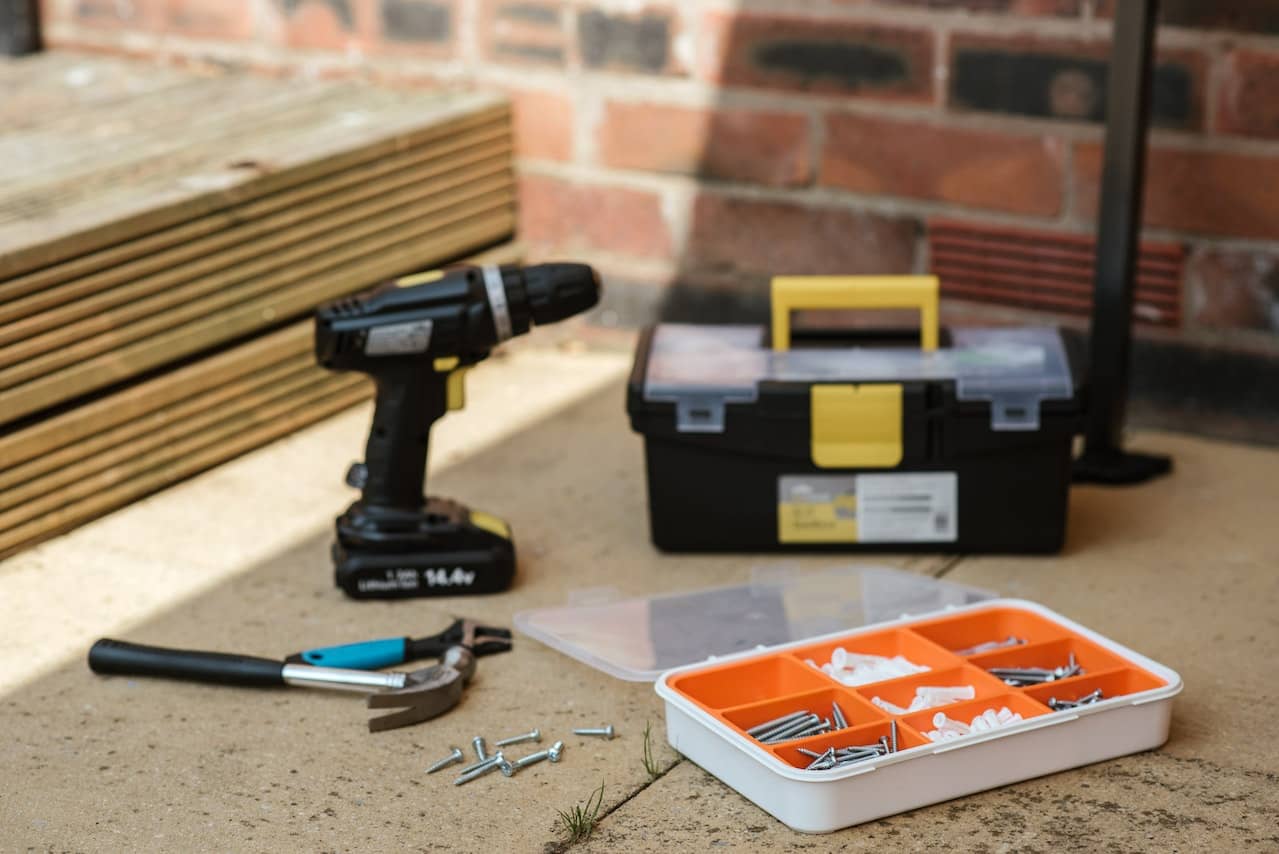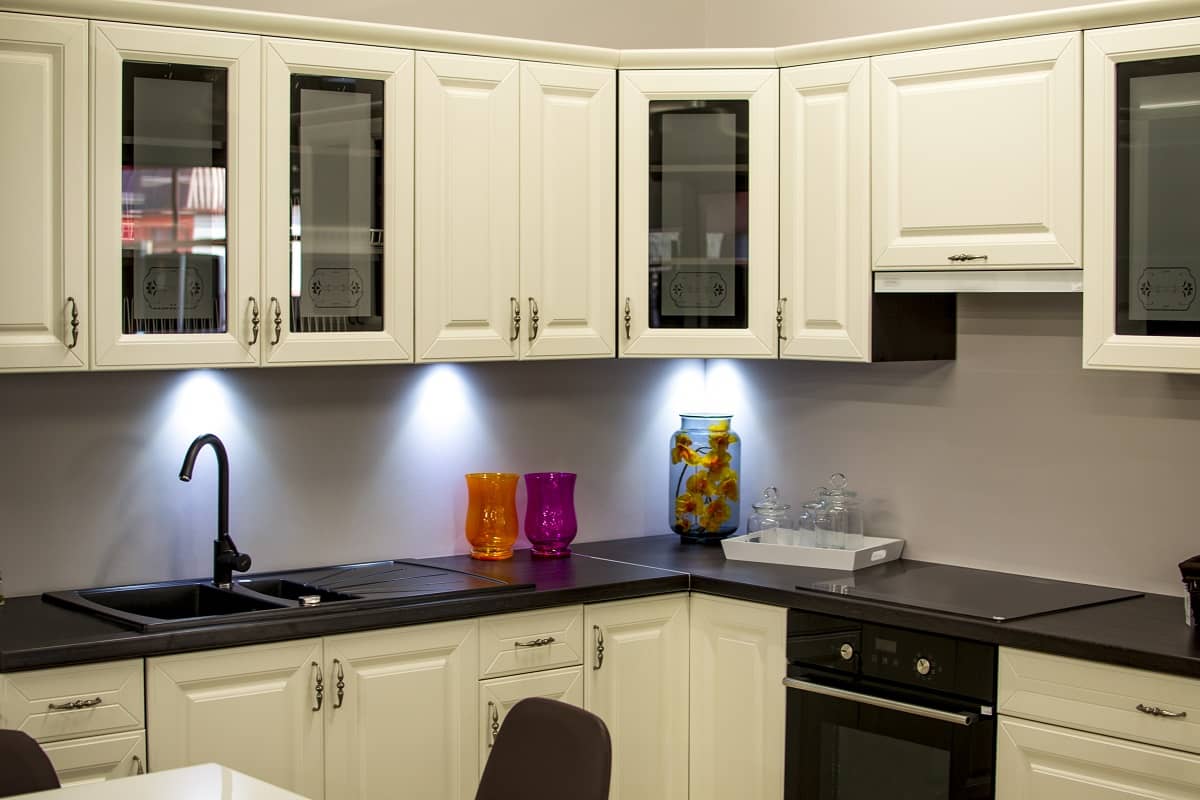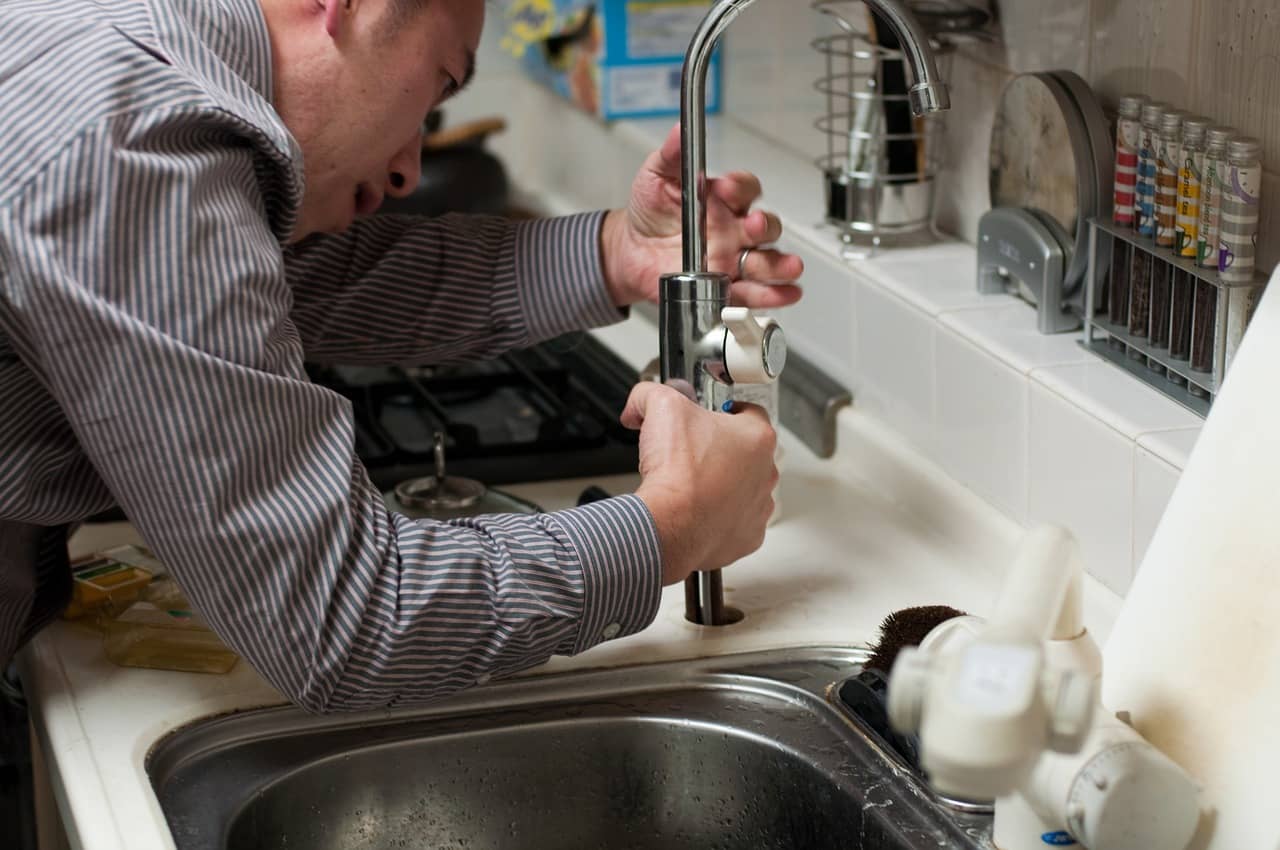If you have a keen interest in DIY or it is just something you would like to take up more seriously, there are certain tools that are essential for your kit. We will walk you through them so you can get the basics ticked off your list.
The toolbox
A toolbox is essential for anyone who is a homeowner, no matter how great or small your interest in DIY is. To get the most out of your toolbox, go for something that has overlapping lids, adjustable storage, fold-out trays, or plastic bins.
A toolbox needs to be sturdy and contain enough storage space for all your equipment. Try to visualize this before you choose a toolbox. You will need to be able to store hand tools in all different sizes, smaller containers full of nails and screws, and you will likely also want to have larger compartments that can store hammers, wrenches, and screwdrivers.
Electric tools
Electric tools are a great way to make your life easier, so don’t forget to look at these when you’re deciding how to populate your toolbox. These types of tools are specifically designed to help you safely carry out jobs such as installations and repairs.
A drill is a staple of every DIY kit, and you will need to decide whether you would prefer to have a corded drill or a cordless drill. A good, professional-quality cordless drill costs more but is a great investment, as long as you remember to charge the battery after use. It’s also a good idea to always have a spare battery handy as a backup.
Always make sure you have a set of drill bits in your tool kit as well, taking care to buy the right size and type.
Measuring tools
One of the most essential things in any tool kit is a tape measure. Ideally, this should be a metal, retractable tape that shows both imperial and metric measurements.
A 30cm metal ruler is another simple but necessary measuring tool for any DIY kit, great for measuring things and using as a straight edge.
For help with perfecting angles, you can either buy a T-square or combination square ruler or you can buy a set of heads to attach to a simple 30cm ruler. A T-square ensures a line is at a 90-degree angle to another line, whereas a combination square allows you to measure all angles from between 1-179 degrees. Also Read – 7 Ways To Save Electricity at Home
Tools for upcycling
If the type of DIY projects you enjoy doing particularly involve upcycling to reduce the cost of home improvements, there are some tools that come in particularly handy for this.
In 2020, new research found that DIY painting is one of the UK’s most searched-for DIY jobs. If you like to repaint furniture by hand, the HomeRight Finish Max paint sprayer makes it easier and faster to get to tricky legs and spindles. Using this alongside a spray shelter means you can also protect the surrounding areas from overspray.
You can also make the job of sanding easier on your arms by purchasing a small electric sander. Purchasing one with a pointed tip means that you can still reach parts of furniture that are harder to get to.
Whether you’re a seasoned DIY-er or you’re just getting started, with this checklist, you can ensure you’ve got everything covered before you embark on your next project. The key to a successful project is to be prepared with the right tools from the outset.














